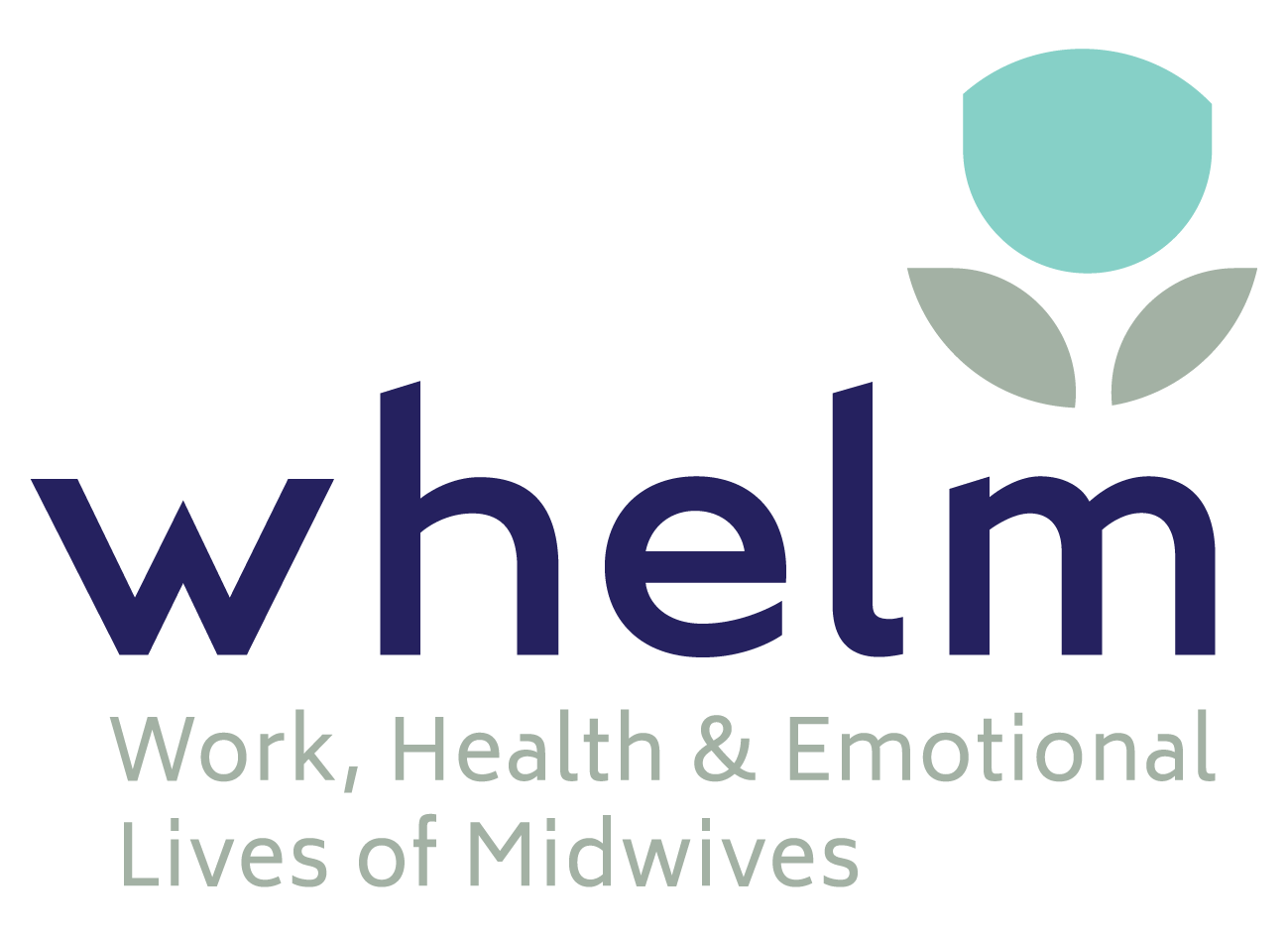Midwifery continuity of carer models, that provide a known and trusted midwife throughout pregnancy, birth and postpartum, provide highest quality maternity care. In Australia, this model is largely unavailable to most women (Dawson et al., 2016). Some argue this is partly because it is difficult to find midwives willing to work on-call (more about this later). Therefore, a maternity service has proposed a continuity model that offers the same midwife for antenatal and postnatal care only – but an unknown midwife at birth.
A new antenatal and postnatal continuity model
Research led by Associate Professor Allison Cummins aimed to see whether the new model would be valuable and acceptable to women, families, and clinicians (Cummins et al., 2021). Specifically, the researchers wanted to know if the new model met the quality of care prescribed by the Quality Maternal and Newborn Care framework (Renfrew et al., 2014). The study was conducted in one hospital just prior to implementation of the new model. The research team conducted one-to-one interviews and focus group interviews with 7 pregnant women, 2 partners, 9 midwives, and 1 obstetrician. Interviews were audio-recorded and transcribed into text for analysis.
A valuable and acceptable model
Women and midwives perceived the model would enhance safety and connection (Cummins et al., 2021). Women appreciated they would have the opportunity to get to know and trust their midwife. Importantly, women felt that mistakes were less likely to occur because they had the one person overseeing their care. Similarly, maternity care providers thought it was safer to provide continuity of carer during pregnancy, particularly in the context of low health literacy, and a culturally and linguistically diverse population.
Midwives felt their time would be freed up when they knew women, and women said they would feel respected if they were not rushed through appointments (Cummins et al., 2021). Additionally, they appreciated the predictability that would be offered by rostered shifts compared to an on-call model. Furthermore, clinicians and women described a sense of community, because it was a small group of providers, with care provided in a community-based clinic and women’s homes (Cummins et al., 2021). Finally, both groups considered that the model would make it easier to respect cultural diversity and include the woman in her care plan (Cummins et al., 2021).
Is some continuity better than no continuity?
The participants of the study clearly valued what the new model offered – antenatal and postnatal midwifery continuity of carer in the community. However, the authors note there were significant limitations to the study. For example, the women who participated had never experienced continuity of carer during labour and birth (Cummins et al., 2021). Therefore, they could only compare the new model to their current or previous experience of routine care (i.e., no continuity). In the same way, most of the midwives who were interviewed had never provided continuity of carer for labour and birth (Cummins et al., 2021). Therefore the participants had limited ability to meaningfully compare working in the proposed model compared to a full continuity of carer model. Furthermore, the study was conducted prior to the implementation of the model. This meant that none of the participants could draw on actual experiences of the model.
Benefits of a known midwife for birth
It is clear that having a known midwife at birth contributes to a more positive childbirth experience (Forster et al., 2016), improves outcomes (Sandall et al., 2016) and lowers cost (Tracy et al., 2013). Having a trusted midwife in labour reduces women’s anxiety and fear by facilitating women to feel safe and loved (Allen et al., 2017). There is considerable evidence that labour and birth care is best provided by a known midwife who gives reassurance, nurturing and comfort, which supports physiological and transformative birth (Leap, Sandall, Buckland, & Huber, 2010; Walsh, 2006). See more here: https://www.transformingmaternity.org.au/2021/05/the-transformative-power-of-giving-birth/
Are continuity models without on-call needed?
The prevalence of personal and work-related stress and burnout is high for Australian midwives (Creedy et al., 2017). While midwives who have not worked on-call may have negative perceptions about it, the research shows that full continuity of carer models are associated with lower rates of stress and burnout (Fenwick et al., 2018a; Fenwick et al., 2018b; Newton et al., 2014). New graduate midwives are well-prepared and supported to work in these models as they transition from student to registered midwife (Cummins et al., 2015). Indeed, most midwifery students who have a clinical placement in a continuity of carer model, are keen to work in them when they graduate (Carter et al., 2021). See more here: https://www.transformingmaternity.org.au/2021/04/how-can-we-best-prepare-graduates-to-provide-midwifery-continuity-of-carer/
So what does this mean?
The highlighted research tells us that an antenatal-postnatal continuity of care model is a welcome improvement on routine care – and that midwives are keen to work in it. What the research cannot tell us, is whether the new model is as good as continuity of carer throughout pregnancy, birth and postpartum. The study authors underline that antenatal-postnatal continuity models should not detract from implementing full continuity of carer models (Cummins et al., 2021). Indeed, maternity services must ensure that any new model of care is evidence based and ‘worth it’. See more here: https://www.transformingmaternity.org.au/2021/08/what-makes-maternity-care-worth-it/
Highlighted article
Cummins, A., Griew, K., Devonport, C., Ebbett, W., Catling, C., Baird, K. (2021). Exploring the value and acceptability of an antenatal and postnatal midwifery continuity of care model to women and midwives, using the Quality Maternal Newborn Care Framework. Women and Birth.
References
Allen, J., Kildea, S., Hartz, D. L., Tracy, M., & Tracy, S. (2017). The motivation and capacity to go ‘above and beyond’: Qualitative analysis of free-text survey responses in the M@NGO randomised controlled trial of caseload midwifery. Midwifery, 50, 148–156. https://doi.org/10.1016/j.midw.2017.03.012
Carter, J., Sidebotham, M., & Dietsch, E. (2021). Prepared and motivated to work in midwifery continuity of care? A descriptive analysis of midwifery students’ perspectives. Women and Birth. https://doi.org/10.1016/j.wombi.2021.03.013
Creedy, D. K., Sidebotham, M., Gamble, J., Pallant, J., & Fenwick, J. (2017). Prevalence of burnout, depression, anxiety and stress in Australian midwives: a cross-sectional survey. BMC pregnancy and childbirth, 17(1), 13. https://doi.org/10.1186/s12884-016-1212-5
Cummins, A. M., Denney-Wilson, E., & Homer, C. S. E. (2015). The experiences of new graduate midwives working in midwifery continuity of care models in Australia. Midwifery, 31(4), 438-444. https://doi.org/http://dx.doi.org/10.1016/j.midw.2014.12.013
Dawson, K., McLachlan, H., Newton, M., & Forster, D. (2016). Implementing caseload midwifery: Exploring the views of maternity managers in Australia – A national cross-sectional survey. Women and Birth, 29(3), 214-222. https://doi.org/http://dx.doi.org/10.1016/j.wombi.2015.10.010
Fenwick, J., Lubomski, A., Creedy, D. K., & Sidebotham, M. (2018a). Personal, professional and workplace factors that contribute to burnout in Australian midwives. Journal of advanced nursing, 74(4), 852–863. https://doi.org/10.1111/jan.13491
Fenwick, J., Sidebotham, M., Gamble, J., & Creedy, D. K. (2018b). The emotional and professional wellbeing of Australian midwives: A comparison between those providing continuity of midwifery care and those not providing continuity. Women Birth, 31(1), 38-43. https://doi.org/10.1016/j.wombi.2017.06.013
Forster, D. A., McLachlan, H. L., Davey, M. A., Biro, M. A., Farrell, T., Gold, L., . . . Waldenstrom, U. (2016). Continuity of care by a primary midwife (caseload midwifery) increases women’s satisfaction with antenatal, intrapartum and postpartum care: results from the COSMOS randomised controlled trial. BMC Pregnancy Childbirth, 16, 28. https://doi.org/10.1186/s12884-016-0798-y
Newton, M. S., McLachlan, H. L., Willis, K. F., & Forster, D. A. (2014). Comparing satisfaction and burnout between caseload and standard care midwives: findings from two cross-sectional surveys conducted in Victoria, Australia. BMC pregnancy and childbirth, 14(1), 426.
Renfrew, M. J., McFadden, A., Bastos, M. H., Campbell, J., Channon, A. A., Cheung, N. F., Silva, D. R., Downe, S., Kennedy, H. P., Malata, A., McCormick, F., Wick, L., & Declercq, E. (2014). Midwifery and quality care: findings from a new evidence-informed framework for maternal and newborn care. Lancet (London, England), 384(9948), 1129–1145. https://doi.org/10.1016/S0140-6736(14)60789-3








